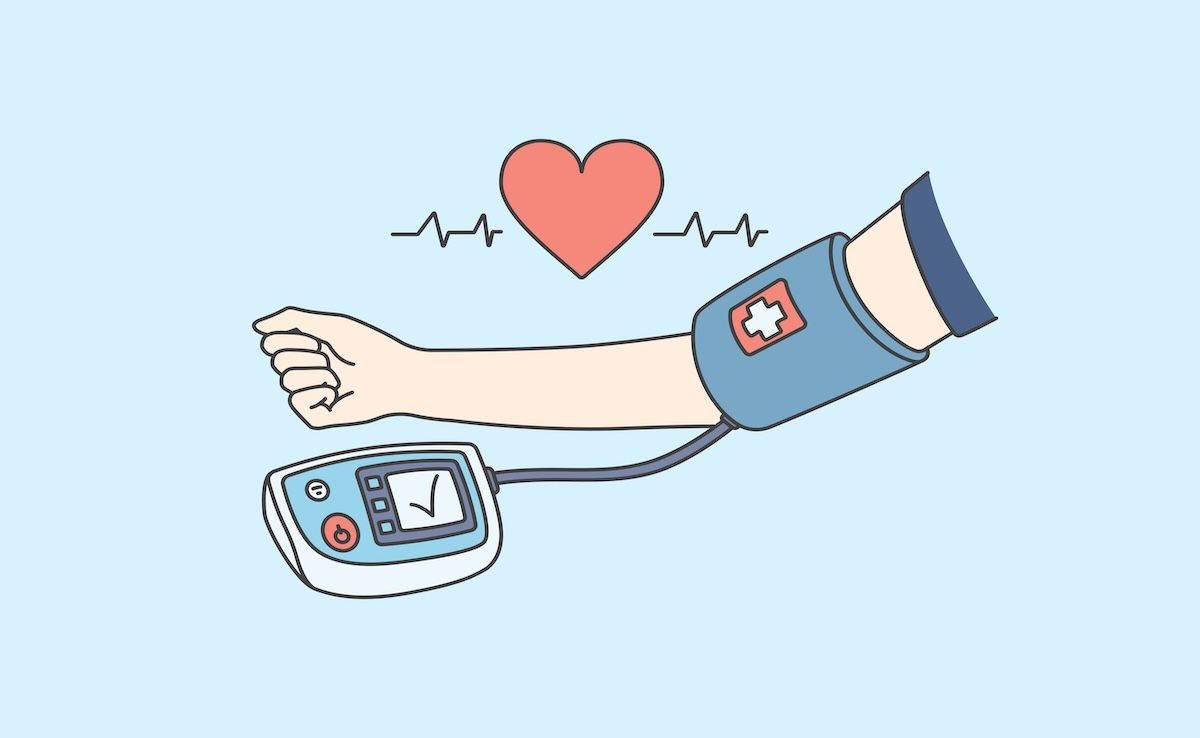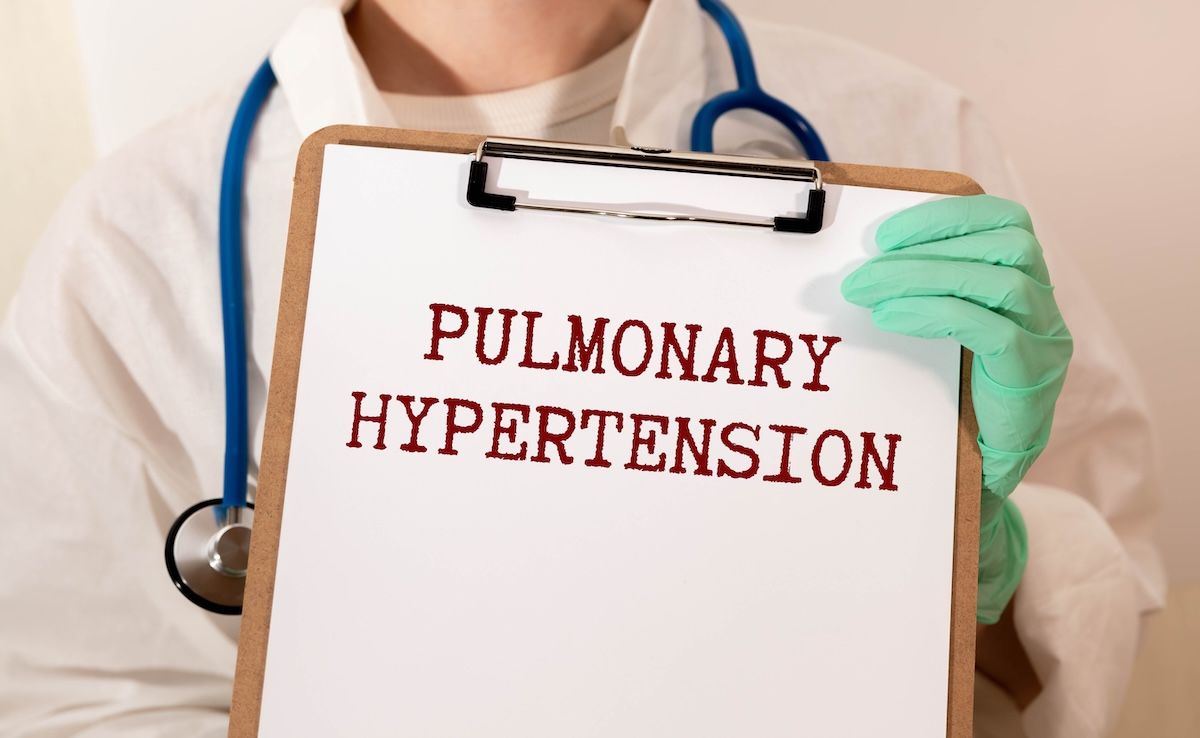Article
Low SES, Patient Barriers Hinder PAH Exercise Rehab
Author(s):
Lower socioeconomic status (SES) and barriers related to the perceived need for exercise rehabilitation were associated with decreased referral to rehabilitation among patients with pulmonary arterial hypertension (PAH).
Lower socioeconomic status (SES) and barriers related to the perceived need for exercise rehabilitation were associated with decreased referral to rehabilitation among patients with pulmonary arterial hypertension (PAH). Results of the cross-sectional survey were published in Pulmonary Circulation.
Individuals with PAH have reduced capacity for exercise and report burdensome symptoms that can reduce their overall health-related quality of like (HRQOL). However, because exercise rehabilitation is proven to improve both exercise capacity and HRQOL in this population, current guidelines recommend supervised exercise training as part of PAH management.
Currently, the extent to which patients with PAH utilize exercise rehabilitation is limited. In an effort to understand the association between patient characteristics and barriers inhibiting uptake, researchers surveyed patients with either PAH or chronic thromboembolic pulmonary hypertension (CTEPH) at a large gathering of patients with pulmonary hypertension. Between June 29 and July 1 in 2018, 82 patients at the Pulmonary Hypertension Association International Conference in Orlando, Florida, completed the survey.
All study participants were aged 18 or older and had a diagnosis of PAH or CTEPH. Any patient unable to exercise due to orthopedic or other nonpulmonary hypertension-related limitations was excluded from the study.
Patient-perceived barriers to rehabilitation were determined using “a 21-item questionnaire that included statements of factors that influence participation in exercise rehabilitation rated on a 5-point Likert scale ranging from ‘1 = strongly disagree’ to ‘5 = strongly agree.’”
The researchers then calculated a mean barrier score from all the questions and 4 average subscale scores using questions related to need/health care factors, logistics, work/time conflicts, and comorbidities/functional status. The primary outcome of the study was a previous referral to exercise rehabilitation defined as “a supervised rehabilitation program that required referral by a health care provider.”
Gender, body mass index, subjective SES, insurance type, age, WHO functional class, and perceived barriers were all considered as predictors of referral. SES was determined using the MacArthur Scare of Subjective Social Status, which incorporated dimensions like education, income, and occupation.
Sixty-five individuals were included in the final analyses, the majority of whom were female (87%), had PAH (97%), and had WHO functional class 2 symptoms (55%). Among low, middle, and high SES participants, rates of referral were 39%, 58%, and 71%, respectively.
Overall, patients in the lowest subjective SES tertile had reduced odds of referral compared with those in the highest tertile (odds ratio [OR], 0.22; 95% CI, 0.05-0.98; P = .047).
In addition, “several patient-perceived barriers were associated with reduced odds of referral,” while for every 1-unit increase in a reported barrier measured on the Likert scale, odds of referral were reduced by:
- 85% for "my doctor did not feel it was necessary"
- 85% for "prefer to take care of my health alone, not in a group"
- 78% for "I didn’t know about exercise therapy"
“The lack of perceived need subscale and overall barriers score were associated with a 92% and 77% reduced odds of referral, respectively,” the researchers wrote.
Findings suggest opportunities exist to increase referral to exercise rehabilitation through both advocacy and improving patient and physician understanding of associated benefits. Importantly, results show age, WHO functional class, gender, body mass index, and insurance type were not associated with reduced referral to rehabilitation.
Previous studies have showed patients with low SES tend to present with more advanced PAH and can have worse outcomes, including higher mortality.
“The confirmation of reduced referral confirms the existence of a modifiable disparity in access to an important therapy among patients with pulmonary hypertension and is a necessary first step in reducing such healthcare disparities,” the authors explained. “The next, more difficult task remains the development of interventions aimed at promoting rehabilitation in lower socioeconomic status patients, which thus far have also been limited in the cardiac and pulmonary rehabilitation literature.”
As opposed to process changes in care delivery in the short term, targeted education interventions may be more easily implemented and have been shown to impact increasing access to rehabilitation, they said.
The lack of information from patients’ providers marks a limitation to the study. In addition, because patients who attend a national scientific meeting on their disease are more likely to be highly involved and informed on their care, findings may not be representative of the PAH population as a whole. The majority of participants included in the study were also White.
“Future work should explore interventions to promote referral to exercise rehabilitation among low socioeconomic status patients and specifically address the perceived need for therapy among patients with pulmonary hypertension,” the authors concluded.
Reference
Cascino TM, Ashur C, Richardson CR, Jackson EA, McLaughlin VV. Impact of patient characteristics and perceived barriers to exercise rehabilitation among patients with pulmonary hypertension in the United States. Pulm Circ. Published online December 8, 2020. doi:10.1177/2045894020974926





